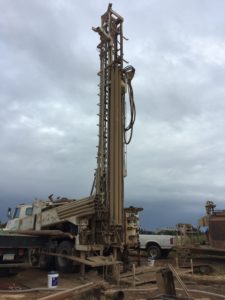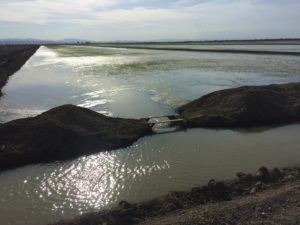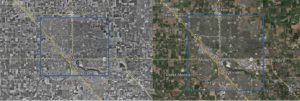A recent article in the Sacramento Bee titled “Farmers say, ‘No apologies,’ as well drilling hits record levels in San Joaquin Valley” highlighted the rapid increase in groundwater wells drilled in the Central Valley of California. Over the past few years and continuing through current day, agricultural well drilling has occurred at a rapid rate with 905 agricultural wells reported dug in 2015 in Tulare County alone.
The reporters blame the recent passing of the Sustainable Groundwater Water Management Act as the cause of the uptick in well drilling. I couldn’t disagree more. Continue reading




Recent Comments